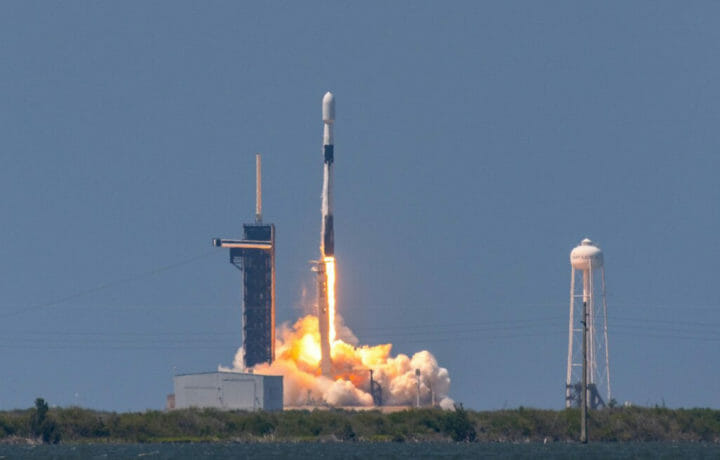Outer space is vast and essentially infinite for all practical purposes. However, what isn’t so infinite is the ability to launch vehicles into space. As C4ISRNET recently reported, the rise in proliferated satellite constellations has created the need for more rockets. That has resulted in new entrants into the space launch sector, which have joined established firms.
Space is now a booming business.
As previously reported by Marc Selinger for ClearanceJobs, many companies are seeking to emulate the success of organizations like SpaceX, even as there have been high-profile failures – notably the crash and burn of Virgin Orbit, which finalized Chapter 11 bankruptcy a year ago.
According to a July 2023 report from Silicon Valley Defense Group (SVDG), of the top 100 venture capital-funded startups that work in national security, space companies comprise over one-third of the NatSec100 list, making it “the most dominant tech vertical” along with artificial intelligence (AI) and machine learning.
The Space Force is Going Strong
Many of the space companies will be doing business with the United States Space Force, the sixth and newest branch of the United States military, as it operates the two busiest spaceports in the country – including the Eastern Range at Cape Canaveral Space Force Station in Florida and the Western Range at Vandenberg Space Force Base in California.
As C4ISRNET also noted, just a decade ago those two complexes were launching a handful of missions annually, but provided payload processing and support for 73 missions in 2022. The Space Force predicts that number to surpass 130 launches this year and officials said it could triple in the near future.
Along with technological advances, the partnership between the government and commercial sector will also mean that what goes up to space will in turn bring costs down. However, the sustained demand will increase the strain on the U.S. Space Force’s infrastructure.
The Space Force won’t likely operate more ports, and only four of the six federally-run spaceports – including Vandenburg and Cape Canaveral – can support vertical launch. Instead, the service will need to expand its partnerships with other ranges.
In addition, the Federal Aviation Administration (FAA) has formed a National Spaceport Interagency Working Group, to ensure that regular access to space can be supported by a number of federal launch ranges, state-owned spaceports, and privately-owned launch sites.
The group already includes representatives from the Space Force, the FAA, NASA and the departments of Commerce and State. It has been crafting a national strategy that aims to make U.S. spaceports more resilient and standardized.
The FAA has acknowledged that the effort will required a dedicated team of experts representing multiple federal government agencies, state governments, industry and academia; while the strategy will consist of three primary areas of interest: promote innovation and investment in spaceport infrastructure; establish consistency in operations and standards at the nation’s spaceports; and promote cooperation and partnerships between federal and commercial spaceports.
A Space Partnership
This need for greater partnership also comes as America’s near-peer adversaries – notably China and Russia – are increasing their efforts in the space domain.
“Collaboration with the commercial sector will likely be better than the alternative,” said Dr. Jason Steffen, assistant professor in the physics and astronomy department at the University of Nevada, Las Vegas.
“Our risk of falling behind China is probably more centered on the need for components made with rare earth elements, which they hold near-monopolies on, than anything to do with technologies related to launch vehicles or other aspects of Space Force’s mission,” Steffen told ClearanceJobs.




